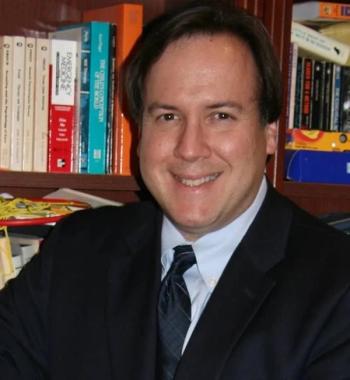
Accept Insurance? I Wish I Could
There are not enough participating psychiatrists to accommodate all who would seek treatment if it were affordable. This is not a good situation.
Why do so many New York City psychiatrists refuse to join insurance provider panels, or resign from them in droves after a period of participation? There may be many possible explanations, but the essence is economics. The costs of living and working in this metropolis are so prohibitive that accepting the fee schedules of insurers (including Medicare) is virtually incompatible with survival in the Big Apple. And, this pattern is hardly limited to psychiatrists these days, as specialists of all varieties must deal with the disparities of reimbursement and the costs of practicing in this area.
For psychiatrists the calculation involves the essence of providing psychiatric treatment: 1 patient at a time for an agreed upon duration: usually 45 or 50 minutes, the traditional “analytic hour.” Even psychopharmacologists have a set interval (perhaps as little as 15 minutes, but often 20 or 30 minutes) that is dedicated to one patient. Since a practitioner’s time availability is finite, committing hours to lower fee patients (those with insurance) can be quite costly.
Insurance-paid fees are so out of kilter in New York that it is not unusual for a nonparticipating clinician to realize fees that are double (or more) those paid by insurers. And so, in a locale where large numbers of wealthy individuals reside and receive medical care, joining an insurance company’s panel of participating physicians, a survival necessity in much of the country, is dispensable to many New York psychiatrists. This does, of course, depend on the solvency of a practice such that one can give up the assured flow of referrals from the ranks of the insured looking for a participating doctor. And this is where Manhattan’s population density (even given the large numbers of psychiatrists) and affluence come into play-it is not about psychiatrists being mercenary, but simple Economics 101.
The tougher question is the corollary-why indeed do some (any) psychiatrists agree to accept insurance? And the answers are not so straightforward. Every practitioner’s circumstances are unique, but in my acquaintance with hundreds of fellow practitioners, a few themes emerge that describe those who choose to participate.
Doctors starting out in practice, either fresh out of residency or changing from one career to another (eg, full-time academic or researcher to full-time clinician) are frequent participants. Understandably this is a transition that is fraught with uncertainty, so the logic of accepting lower, assured fees in exchange for a flow of referrals is compelling. With time and the establishment of their practices, many in this group will resign from insurance panels and join the majority as nonparticipants.
Not all will drop out of insurance panels; indeed I know several practitioners who have established practices and still accept insurance from some of their patients. There are many explanations for this, including inertia, a love of clinical work, satisfaction with realized incomes, altruism, the desire to continue working with particular patients, or a fundamental belief in the fairness and integrity of the insurance system. Others who accept insurance have favorable personal financial circumstances that permit them to work with reduced fees.
I personally accepted insurance for 5 years during the mid-nineties, before deciding that my practice could sustain itself without this source of referrals and freeing myself from the attendant hassles (preauthorization, phone calls, and billing paperwork) that came with participation. Despite having formally resigned from the provider panels, I remain on their lists and so have to disappoint the weekly callers who contact me believing that I will accept their insurance.
The tragedy of it all is that there are not enough participating psychiatrists to accommodate all who would seek treatment if it were affordable. This is not a good situation-perhaps 1 out of 10 practitioners accepts insurance, but at least half of the New York patient population depends on insurance to afford sufficient treatment.
The imbalance is great but fixable: if fees paid by insurers were not so outlandishly out of kilter with prevailing private rates or with the skyrocketing costs of living in and practicing in New York City, many more practitioners would accept insurance. Their incomes would not be so compromised and thousands more could obtain sufficient, needed treatment. But where, an insurance executive might ask, should these funds for higher reimbursement come from? How about from dismantling or at least dramatically cutting the expensive, behemoth, oversight infrastructure that costs millions under the guise of containing costs? But don’t get me started.
Newsletter
Receive trusted psychiatric news, expert analysis, and clinical insights — subscribe today to support your practice and your patients.













